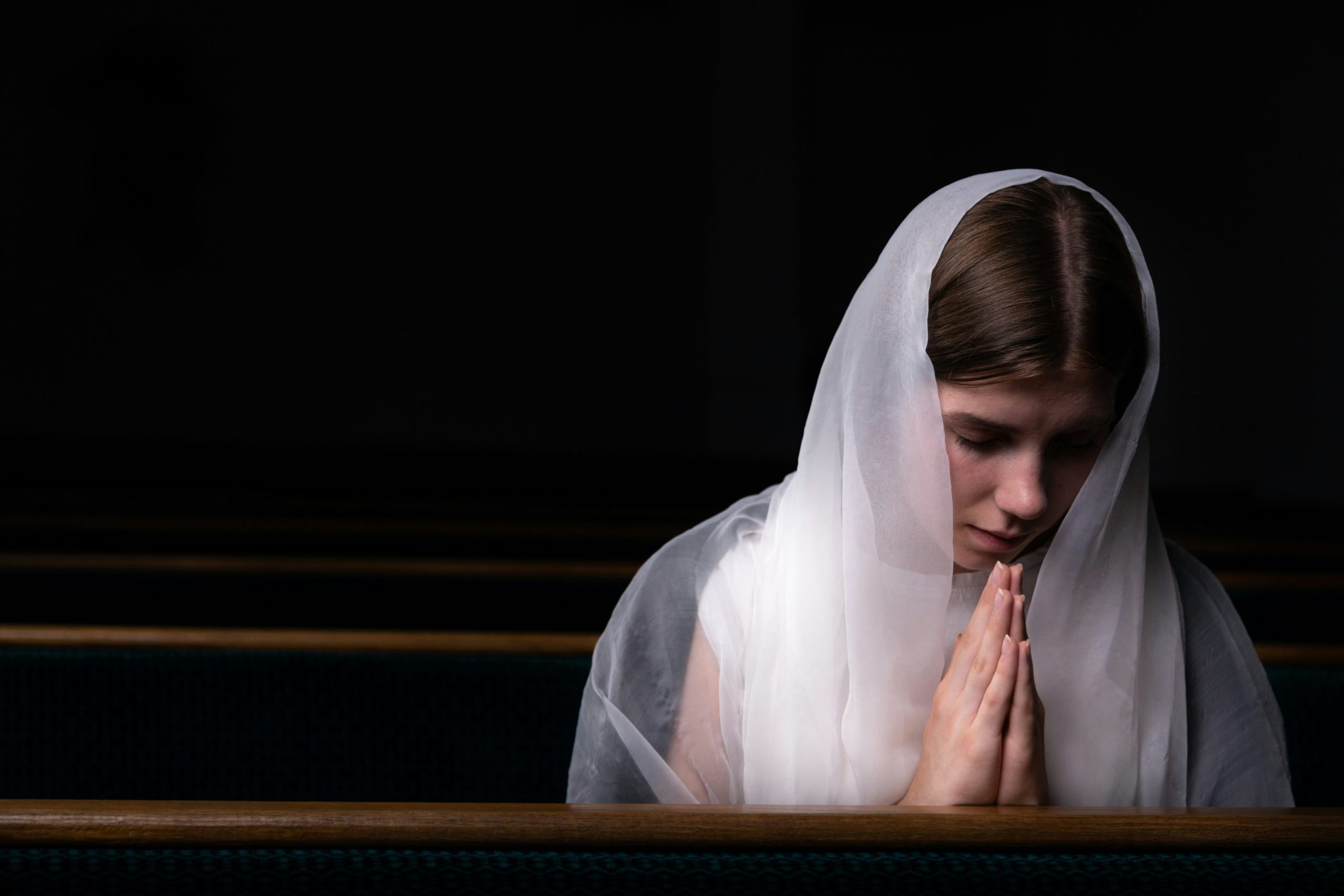Books & Culture
Visiting Sephora with Walter Benjamin
The modern female flâneur still doesn’t have full run of the city’s streets—but she owns the makeup emporium

I t was around this time last year that I decided to move to Paris for a Masters degree in History and Literature. Upon finding out, my friends and family torpedoed me with questions about how I’d spend my time there — which museums, which bookshops would I take to haunting? Which historical figures would I visit in their graves? Even as I made lists to answer their questions, I knew what I wanted to do more than anything. I wanted to be a flâneur.
The term “flâneur,” meaning “one who wanders without purpose” in its derivation from French, had etymologically been in use since the 16th century. While Pierre Larousse, Louis Huart, Sainte Beuve, and Honore de Balzac had all written about the flâneur in their works, it was in the 20th century that Walter Benjamin, the German philosopher and cultural critic, mythologized the figure in his depictions of 19th-century Parisian life.

Benjamin saw the flâneur in the writings of Charles Baudelaire in Les Fleur du Mal (1857) and The Painter of Modern Life (1863). He recollected the flâneur in his essays and, most famously, in The Arcades Project (1927–1940), the unfinished magnum opus in which he recorded Parisian life entirely through scraps of memories, quotes, and observations. According to Benjamin, the flâneur haunted the arcades of Paris — the hotbed of urban commercial life in the 19th century. This lazy idler would stroll the urban landscape, observe the crowds around him and, by remembering past memories through the sights and smells around him, access a kind of poetic transcendence. As a result, the outside world of arcades and boulevards became the flâneur’s interior — the familiar landscape in which he grasped the essence of modern existence. Benjamin believed that this figure had been created uniquely through the personality of Paris and Parisians.
Having followed this flâneur from my corner in Bangladesh through books and articles for years, I was certain that flânerie would be my real calling upon stepping foot in France. I still am.
But something changed midway through the semester.
The outside world of arcades and boulevards became the flâneur’s interior — the familiar landscape in which he grasped the essence of modern existence.
After a grueling three nights of finishing an assignment, one of the girls and I visited the Sephora at Forum des Halles. We hadn’t really planned to buy anything; we simply walked the aisles and strolled through columns of alphabetically organized cosmetics. We picked up face masks we knew we didn’t need, making our wrists and nails into color palettes. Since then, visiting Sephora has become somewhat of a ritual for every week that we have to study extra hard.
In the late 19th century, the advent of urban development and modern transportation systems triggered an erosion of flânerie in the classic sense. Nearly 200 years later, the public spaces of Paris today are commanded by cars, motorcycles, buses, metro trains and pedestrians all rushing towards a snarling list of appointments, leaving flânerie as the privilege of tourists or of people taking a break from work over weekends. Even for me, as a grad student, certain streets of this city have become tinged with the panic of reaching classes on time, while the unexplored outdoors felt hostile in the winter winds when I first came here. Amidst these social and natural obstacles, just as Walter Benjamin equated the city with the flâneur’s interior in his The Arcades Project, the warm, bustling insides of Sephora became akin to the outdoors for the modern flâneuse in me. Its aisles replaced the Parisian alleys I was waiting to explore in a warmer weather; its counters took place of the ochre buildings I hoped to touch and enter. Its cosmetics, like their perusers, became the milieu that the flâneur observed.
The warm, bustling insides of Sephora became akin to the outdoors for the modern flâneuse in me.
The sections inside a Sephora first seem as labyrinthine as the streets of a foreign city; but they start to make sense as you take note of the labels. The right side of the outer perimeter stocks fragrances, divided alphabetically according to the brand from the back wall outwards. The spread down the left side follows the same pattern with skin-care products like cleansers and moisturizers. Channeling the flâneur’s soul who submerged in the crowd while remaining aloof from it, I snake my way across this exteriorized architecture, recharging myself through the buzzing throngs around me. Just as finding a city street or building requires instinct as much as it needs a knowledge of basic geography, so here I learn that some nail polish shades in the OPI catalogue lie hidden inside the drawers. That Marc Jacobs perfumes, despite the absence of any “J” shelf on the wall, periodically appear on the lower shelves of “K.”
While piecing together the flâneur in The Arcades Project, Benjamin noted how, “The crowd is the veil through which the familiar city is transformed for the flâneur into phantasmagoria.” That last word — “phantasmagoria”—appears recurrently in his description of the flâneur’s cityscape. It derives from the French term “fantasme” and was originally the name of an 1802 London exhibition in which projecting lanterns produced optical illusions. By repeatedly calling the city phantasmagoric, Benjamin implies that the sights the flâneur sees derive a fantastical quality from the lens of their perception. He elaborates how the city also contains “historical shudders” that arouse memories and instructions at the flâneur’s footsteps. Walking through Sephora involves a similar experience.
Sometimes the Most Feminist Thing You Can Do Is Exist as a Woman in Public
The first thing to hit my senses is the scent — a floral, elegantly antiseptic smell that wafts from the crowd of cosmetics into the interior of any branch of Sephora located across the world. The smell, which Benjamin labels as one of the strongest sensory experiences in his essay collection Illuminations (1968), reminds me that I am about to enter a Sephora even before I step in through the doors. By virtue of how scents operate, it takes me back to past visits to other Sephora branches, of shopping trips made fun by the company of now absent friends and family.
As I start looking through the cosmetics on display, their names make deliberate attempts to transport me to a location or experience. Nina Ricci’s “Love in Paris” Eau de Toilette. Bite Beauty’s “Amuse Bouche” lipstick and Kat von D’s “Lolita Obsession” lipstick collection. OPI’s “Fiji” nail polish collection, which promises to recreate the island’s “rich ocean blues and exotic flowers.” These products remind me of how I’ve always wanted to visit an exotic island, try a French hors d’oeuvre like Amuse Bouche, or read Nabokov’s great classic. For others who have experienced these things, they will evoke memories. And thus through the lens of these references, the products at Sephora take on fantastic dimensions through my perception of a past or distant experience through my present, much like the cityscape did for the flâneur.
But alas, I’m forced to face some realities. The part of me that dwells in the past realizes why the romanticized flâneur of 19th-century Paris was unequivocally a man; because a woman strolling unaccompanied through the city in those days was not only unsafe but also likely to be considered a prostitute. It also recalls what Charles Baudelaire, a major depicter of the flâneur, had said about women and cosmetics in The Painter of Modern Life — that maquillage is part and parcel of beauty because it allows women to fulfill their duty of appearing as beautiful as possible for men. The part of me that dwells in the present realizes what it often means for a woman to express too much passion for makeup and cosmetics today. By both men and other women, she is thought of as shallow, vain, unintelligent and, in some cases, of questionable character. The freedom to explore the public space may have seeped into the territories of female experience with time, but this freedom doesn’t seem to have shucked the negative connotations attached to it. Instead, the derogatory labels have become a more deeply entrenched and accepted part of a woman’s experience in the public sphere. One could argue that this, too, harkens back to a key habit of the flâneur—of judging types and categories from faces in the crowd; of deciding on people’s personalities from an over-the-surface observation. It is here that a space like Sephora creates a new kind of flâneur.
The romanticized flâneur of 19th-century Paris was unequivocally a man, because a woman strolling unaccompanied through the city in those days was not only unsafe but also likely to be considered a prostitute.
As I take my recuperative walks through Sephora after submitting a particularly draining assignment, I notice how my hands are covered in ten different shades of lipstick, eye liner, eye shadow, blush, and nail polish, if not swinging a bag of purchased cosmetics. At no point of trying these products on did I or my friends worry about appearing shallow or vain or attractive to a man because of a particular shade of makeup. We played with them for our own fun. This makes me a flâneuse who can not only command her presence in a public space in safety and respect, but one who can also participate in the process of self-decoration for her own enjoyment, not to fulfill a duty to the male gaze.
Finally, I notice the fellow Sephorites around me — a man trying to choose a women’s perfume for someone in his life, each of my friends heading separately towards moisturizers suited for their skin types, or a woman steering clear of the loud, bright nail polish shades that call out my name. It shows me how the admittedly profit-seeking strategies of Sephora’s mass market products also help create a space in which observations and connections are formed on the basis of individual tastes and physical types, which are in turn shaped by individual mental or physiological histories. It is a space given numerous interpretations by what beauty and the experience of shopping means for each individual explorer; a space that welcomes a new kind of flâneuse. Breaking free of the urge to judge and generalize, crushing the age-old demand to decorate a man’s world, this flâneuse who haunts a Sephora deals in the individual and not the collective, in tactile observations over just the visual, in a landscape that serves its female citizens instead of making aesthetic products out of them.










